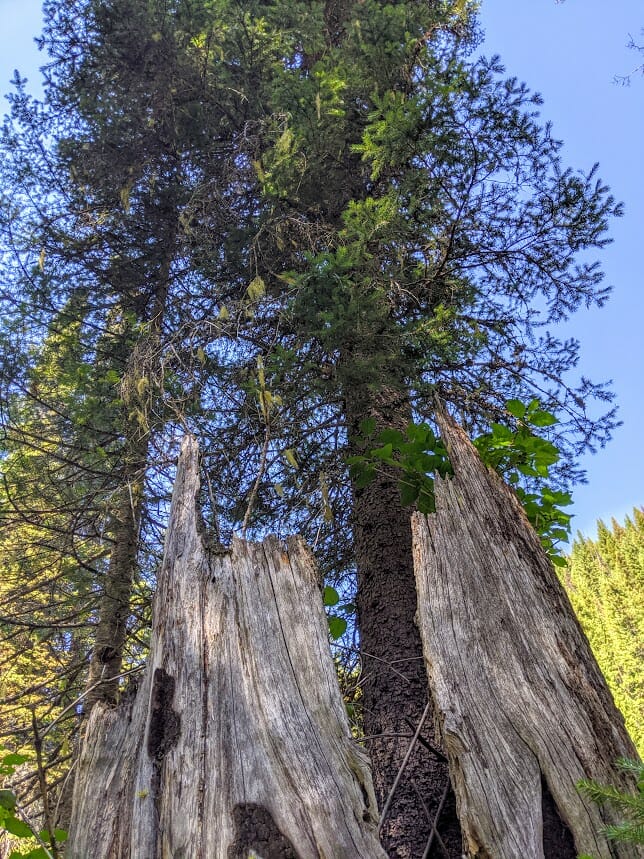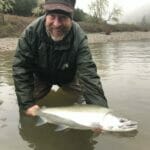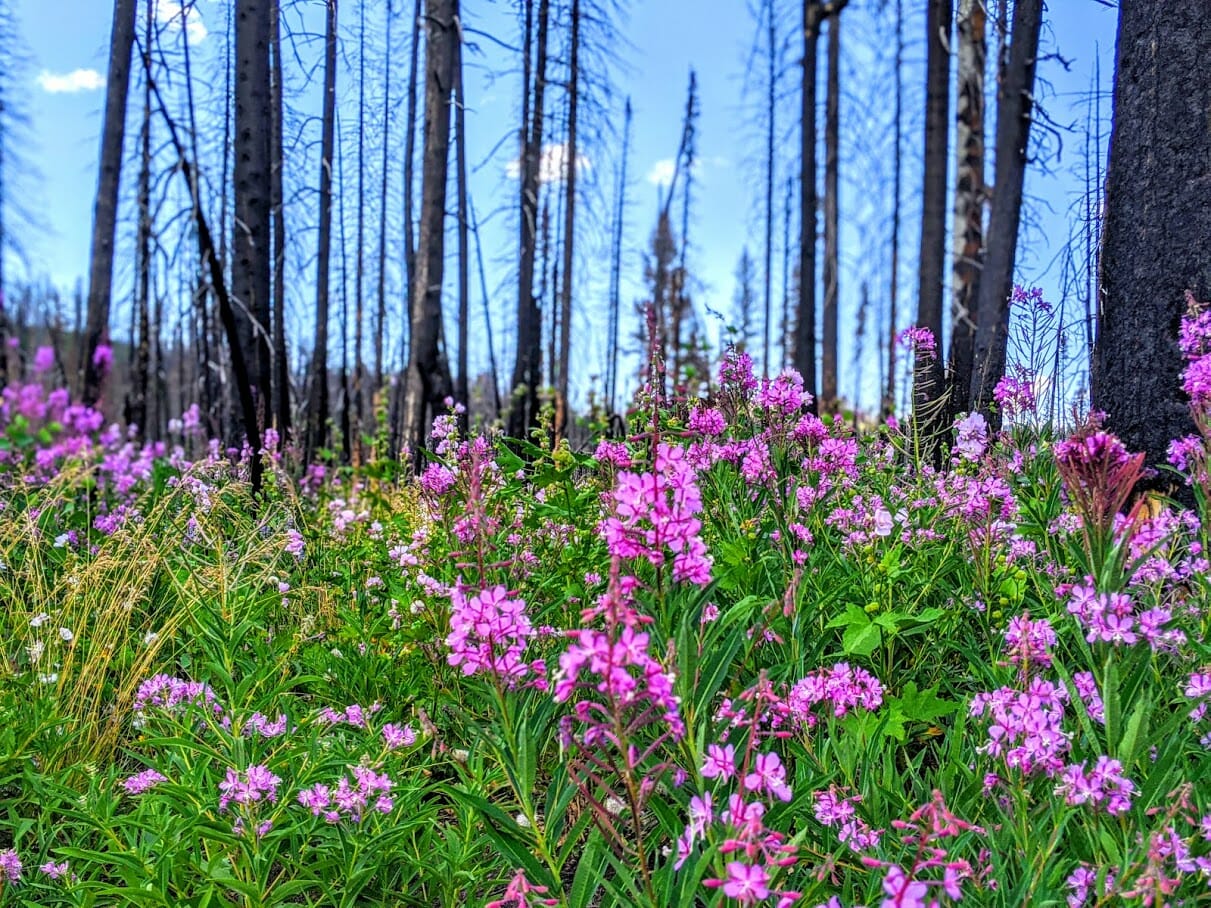Editor’s note: This piece first appeared in the Summer 2020 print edition of TROUT Magazine. To subscribe to TROUT, simply join Trout Unlimited.
The current of the pessimist’s river is strong and dangerous, swift and life-taking. It drowns those who enter its waters, for they do not swim, they bob along, float with it for a time, then sink deep into the cold nothingness, all breath gone and the undertow the victor.
The optimist swims these same waters. Some might say the effort is too daunting and without end, but the optimist knows that her swim, though difficult at times and across the flow, will become a habit rooted deep in muscle memory, a rhythm of life, if she allows herself to know, takes her confidence from can, not cannot.
There’s a stretch of interstate highway west of Cheyenne, Wyoming, that rises out of the rolling open where the great American prairies meet the beginnings of the Rocky Mountains. Topographically, the union is gradual, but geologically the plains on this particular stretch of byway are met with the abruptness of Sherman granite. Traveling along at 80 mph, one has to be paying attention but if you are, you will see a tiny monument between the east and west bound lanes that is a testament to the ever-optimistic nature of the natural world. There, growing into the very heart of a van-sized boulder, is a limber pine tree. How long this tree has worked its roots into pure rock is unknown, but still it presses downward, its core somehow finding water and nutrient in a medium as poor as Mars.
Herein lies the can-do of the natural world, a tree that will be fortunate to live 2,000 years taking on a rock whose existence is measured in billions. Those who pause—physically and spiritually—long enough to contemplate the sanguineness of cambium and phloem versus quartz and feldspar will continue on their journey perhaps buoyed by a renewed vigor, a confidence to achieve.
This is the greatest gift of nature. Emerson put it this way, “The lover of nature is he whose inward and outward senses are still truly adjusted to each other; who has retained the spirit of infancy even into the era of manhood. His intercourse with heaven and earth, becomes part of his daily food. In the presence of nature, a wild delight runs through the man, in spite of real sorrows.”

Yet the River Cynicism laps out of its banks, offering its cold waters at flood stage. Many a conservationist has stepped into its waters, burdened by one natural tragedy or another. A mountaintop removed by heavy equipment, a stream poisoned, a swath of old growth felled, a valley drilled. But suddenly out of the gloom comes the cheery call of a morning friend, the house wren, busy at his work, caught up in his day. Yes, there is much trouble, but there is much awareness too, even among those who do not have nature at their fingertips. For a few short weeks in the spring of 2020, the skies over the world’s great cities—New York, Milan, New Delhi, London, Beijing, Jakarta, Islamabad, Los Angeles—cleared and cleaned, showing us what a future without fossil fuel might look like. The pessimist might say that this will never last, but the optimist will search for ways to ensure that it can.
Just as there is buoyancy in human interpretation of bird song, there is a brightness in the way we do things in this modern age. Conservationists have evolved and changed, adapted and attempted. Forty, or even 20 years ago, few were seriously thinking that dams in streams could be removed to benefit fish and mankind alike. Few were thinking that huge swaths of public land could be set aside from oil and gas extraction in a world so addicted to burning it. Few thought mine wastewater could be treated and purified so well that it would support abundant aquatic life. But all it took was a few and all of those things were achieved.
Those who venture into the natural world, walking, watching and taking note, will see tiny flecks of hope. It lies up on the hill where an aspen patch that was being choked out by invading conifers is given a break by foresters with chainsaws. It is on the sagebrush steppe where sage grouse were decapitated by unseen barbwire now flagged with thousands of metal markers strung by volunteers who appreciate the natural rhythms of the big open. Hope lives in a sudden shift to local shopping and locally-grown produce raised by a young mother wanting better food for her children. Promise lives in an eight-year-old who raises her own chickens from egg to egg-laying. And optimism thrives in the two-year-old who asks his dad to take him fishing, even if it is only pretend fishing with a stick and a mud puddle instead of rod and lake. Hope lies in can. Hope stands up in dissent, steps forward in protest, raises its voice and says it can swim that river and swim it until it becomes second nature.
Tom Reed is the author of several books, most recently Give Me Mountains For My Horses, Skyhorse, New York. He works for Trout Unlimited and lives a few miles from Pony, Montana, with his family.



